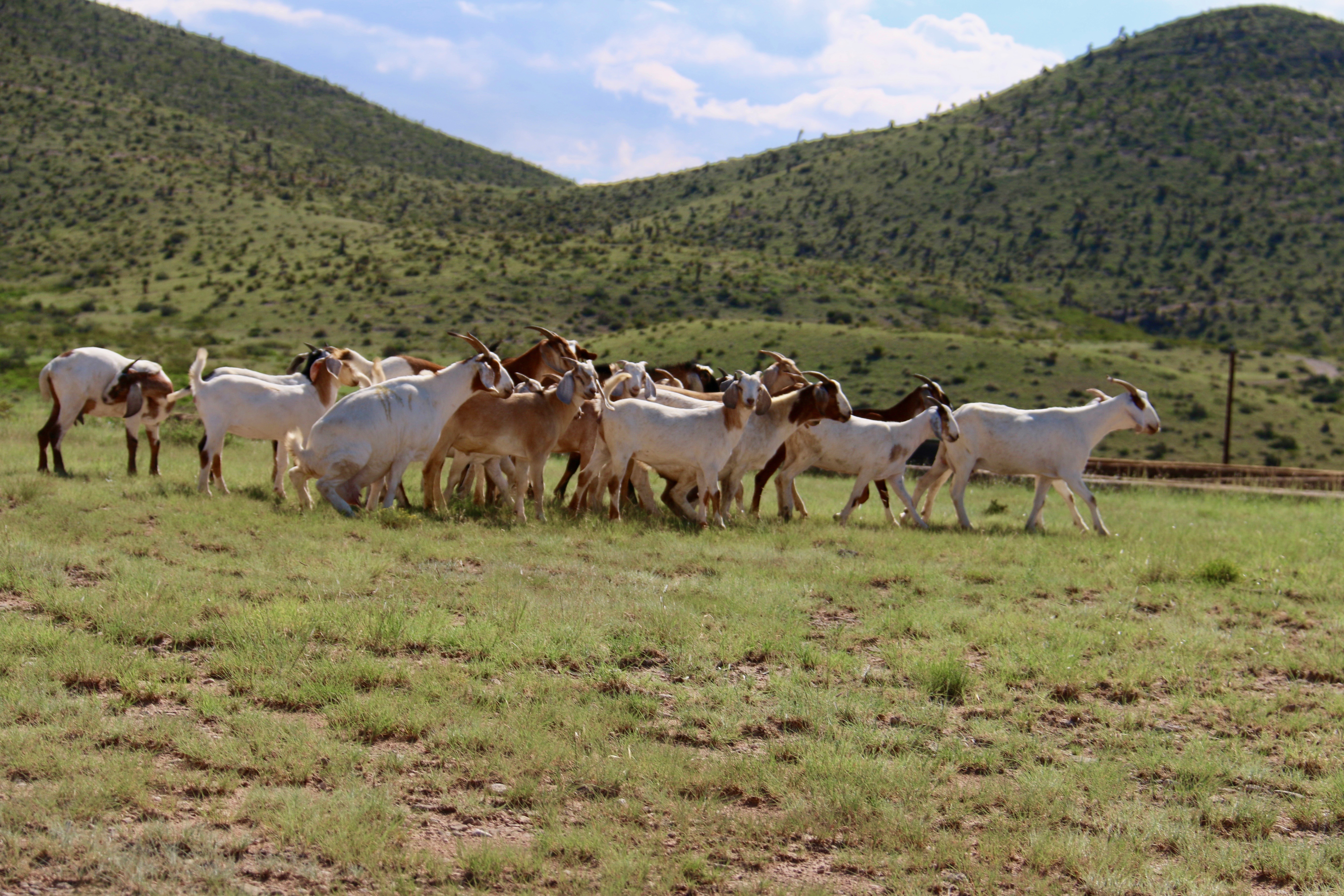These Hungry Goats Learned to Branch Out

At Circle Ranch we have also found that goats can be very useful as grazing tools to help maintain habitat for wildlife.
NOTE: This article was originally published to NYTimes.com on June 12, 2017. Photo credit: Dave Watts/Minden Pictures
No, this is not an illustration from a book by Dr. Seuss.
These domestic goats live in southwestern Morocco, where the climate is dry and in some seasons the only available forage is in the trees. So the goats climb up to get it.
Goats are good climbers — some sure-footed species live happily on mountains, leaping from ledge to ledge. But these domestic goats are not born with an ability to climb trees. They learn the technique as kids.
Their keepers help them climb, and they trim the trees to make it easier for the kids. The goats eventually learn to do it themselves. In the autumn, when there is little food on the ground, they spend most of their time grazing the treetops.
Now researchers have found that the trees benefit, too. Many animals eat the seeds of plants and then defecate them at another location. But the seeds of the argan trees that these goats graze on are about an inch long and a half-inch across — too big for a goat to pass.
Fortunately for the trees, goats are ruminants: They chew their cud and regurgitate it to be rechewed before being swallowed for good. The researchers suspect that while the goats ruminate, they spit out the large seeds, often far away from the mother plant, increasing the chance of seed and seedling survival.

Circle Ranch goats range widely – often we see them miles away – but they always return to their barn at dusk. They are fascinating and often hilarious to watch.
